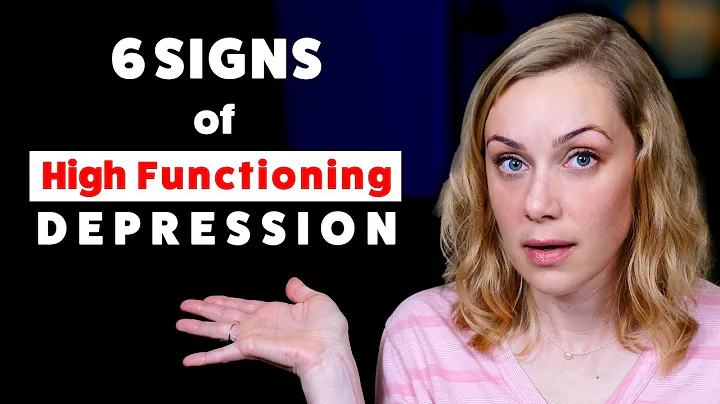I have heard many parents say that their children are not motivated enough to study, they are always slow to read and write, and they are not efficient enough to work and do things. It seems that my childhood is the same. Parents’ complaints and accusations are always indispensable in life episodes, especially after the scores in the exam, the mood that makes them angry and says that their children are lazy. You must have seen it if you have never experienced it.
There are few children who are obedient, sensible, serious and self-conscious. "Skinned children" are the main theme. But no matter whether parents are anxious, angry, self-comfortable, or learning to relax, they are inevitably worried. If this child continues to drag on, what should they do in the future?
Before thinking about the big word "future", parents should stop and think about what aspects your child is slowing down and what exactly caused all this. Cognitive behavioral therapy expert Jennifer Shannon said that procrastination does not mean laziness or stupidity. The definition of giving a habitual problem to character is a fallacy in education. In the book "Five-Step Practice", the author elaborates on the causes and harms of procrastination during the growth process, and provides solutions to the differences in the causes, which may be helpful to you (or parents who are having a headache for their children).

Before, when I was in the public exam class, the teacher once said that many answering skills can eventually be divided into three steps. What is - why - how to do it, and in fact, it is the same in life. In the process of fighting against "scratch", blindly blaming his lazy personality and trying to suppress the other party in a more compulsive way is often not effective. Only by figuring out what the child is resisting and what he is resisting, can we solve the problem in a targeted manner and create his own learning habits.
Let’s first talk about what “procrastination” is. Everyone has a mentality of not wanting to do or difficult to do when dealing with the things in front of them to a certain point. Compared with adults, they are more likely to resonate with the consequences and form self-compulsiveness, and children's willpower is usually weaker. If you are unable to complete the task for a long time, it is easy to bring negative energy feedback to yourself, and you are even more afraid to make attempts and promises. Those "bad results" in turn make you more afraid and fearful, becoming a wrong closed loop. Therefore, we prefer to regard "procrastination" as a disease in human behavior rather than subjectively intentional. Why does
form "procrastination"? According to Jennifer's research on clinical practice and psychological behavior, triggers are divided into four psychological hints and correspond to four types of patients.
●Pursuing excellence and being more afraid of failure, so choose to avoid risks - perfectionist
●Pursuing stimulation and excitement, it is difficult to invest in boring things, so it is easy to give up - Warrior
●Pursuing a sense of balance, hoping to be a person and dealing with things, so it cannot grasp the key points - pleasing
●Pursuing independent thinking, opposing assignment and oppression, so it prefers self-approval - confrontation
But at the same time, it should be noted that humans are usually complex, with four kinds of incentives, but due to different fusion ratios, they often present completely different states in the results. So how to judge which kind of person you are, the author gives exercise questions as a reference at the end of each section to calibrate your behavioral logic.

So how to do it? This is the next key part. Starting from four incentives, the author interprets the psychological activities of each group and gives different changes. For example, the confrontation is free and independent, and they do not like the choice of others to make decisions, so they think that this is in their own interests. From a commanded person to a collaborator, they can gain motivation; for example, establish the confidence of perfectionists, let them know that excellent people usually fail a lot, and change their mentality from "I must never make mistakes" to "I can make mistakes."
Of course, changing your mindset is just one of the links.The five-step exercise method prepares the following steps for patients with procrastination:
Step 1: Find the motivation for action
Step 2: Control emotions, including the cultivation of a new mentality mentioned earlier; and use breathing methods to consolidate new beliefs
Step 3: Eliminate interference
Step 4: Feasible implementation plans, such as eliminating tension and anxiety, divide a big goal into small stages, and first cultivate the pleasure achieved
Step 5: Coping exercises. Say no to the inner triggers and try to respond to criticism more firmly, with the goal of persuading yourself, not others.

Five-step practice method is the essence of the book extracted by the author. I won’t explain it here, but it is certain that if you are also experiencing procrastination and often feel helpless, why not come and give it a try and see which kind of patient you are and tell yourself that you are not lonely.
As a reference book, in fact, the "Five-Step Practice Method" also has many warmth in addition to asking questions and solutions. While introducing each personality, the author never forgets to point out that those procrastination patients are not necessarily bad things. Their respective causes are all from wanting to be a better person, but because they have found the wrong method. As the author explained in the beginning, children's procrastination is not caused by their lazyness or other human shortcomings. Being a more patient parent and accompanying him to find the right path is the best way to fight procrastination.











